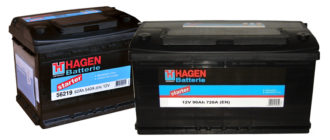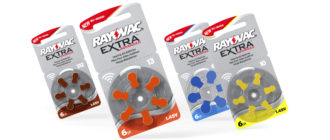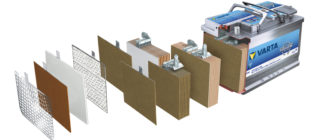Alkaline electrolyte has a large number of advantages over other types of conductive substances, so it is widely used in modern rechargeable power supplies. The main characteristics, as well as the properties and chemical composition of this substance will be described in detail below.
Content
What is alkaline electrolyte?
Alkaline electrolyte is a chemical compound that takes an active part in the accumulation of electricity by the battery. Due to certain properties, such a substance can repeatedly participate in redox reactions without loss of quality.
In alkaline batteries, various chemical compositions are used, therefore, batteries of this type can differ significantly in many respects.
Properties and chemical composition
Most often, alkaline electrolytes of the following compositions are used in batteries:
- Potassium lithium.
- Sodium.
- Nickel cadmium.
- Nickel metal hydride.
Sodium electrolytes have a long service life, but are completely unsuitable for use at negative air temperatures.
Potassium-lithium in this respect is significantly superior to sodium-lithium compounds in frost resistance, but they are not suitable for working in tropical conditions due to the limitation of the maximum operating temperature at around 35 ° C.
Nickel Cadmium Batteries used in modern electronics, but the presence of a memory effect imposes certain restrictions on the use of such products.
NiMH batteries deprived of this drawback, but their cost is quite high, which is a serious obstacle to the widespread use of elements of this type as portable sources of electricity.
Areas of use
They can be used for refueling batteries of various capacities and voltage. Such products are widely used in the following areas:
- Alarm systems.
- As starter batteries for military equipment.
- Redundant power supplies for passenger cars, trolleybuses and trams.
- As traction devices for powerful electrical installations.
Compact alkaline electrolyte batteries can also be used in power tools, various gadgets and children's toys.
In addition to use in batteries, alkaline electrolyte can be used for copper plating. This method is one of the most effective for coating other metals with copper.
Similar alkaline mixtures can be made for galvanizing. Most often, products having complex geometric shapes are coated with zinc.
How to refuel batteries
If you cannot restore the battery’s performance by charging, you may need to replace the alkaline electrolyte. The battery life will depend on the correct completion of such work. It is recommended to replace the fluid in the following sequence:
- Disconnect the battery from electrical consumers.
- Wear safety glasses and gloves. It will not be superfluous to protect clothing from caustic matter with a rubberized apron.
- Remove plugs and pour old liquid from cans.
- Prepare a new electrolyte.
- Fill to the recommended battery level.
- Replace the plugs.
- Connect the battery to the charger.
If the reason for the inoperability of the battery was a poor-quality electrolyte, then after replacing the chemical composition and fully charging, the battery can be used in standard mode.
Precautionary measures
As mentioned above, the use of gloves and glasses is a prerequisite when working with alkaline solutions. Ignoring this rule can lead to very serious consequences. For example, you can get serious burns to the mucous membranes of the eyes or damage the skin of the upper extremities.
If, as a result of the work, contact with the caustic substance on the skin could not be avoided, then the affected areas should be washed immediately with plenty of water, with the addition of vinegar or citric acid. About contact with electrolyte in the eyes, it is also necessary to rinse the affected organ of vision and immediately seek medical help.
When working with electrolyte and charging the battery, it is not recommended to smoke or to open fire in the room. Failure to do so may result in an explosion of flammable gas, which may be formed during chemical reactions.
How to make alkaline electrolyte
It can be purchased in specialized stores, but if this is not possible, then the liquid mixture for pouring into the battery can be prepared with your own hands. For
To complete this work, a solid alkali, distilled water and non-metallic dishes should be prepared. A sodium or potassium-lithium electrolyte is prepared in the following sequence:
- Pour the required amount of water into the dishes.
- Pour a pre-prepared portion of alkali into the water gently.
- Slowly mix the mixture with a glass or plastic spatula.
- Measure the density of the electrolyte. If this parameter is too low, then dry matter should be added; if too high, then add water (optimal value is 1.2 g / mm3).
- Cover the dishes and let the solution stand for 3 hours.
- Carefully drain the diluted alkali so that the sediment remains at the bottom of the tank.
The prepared solution should be stored in a glass container with tightly corked necks. As covers it is recommended to use rubber caps or any material that does not respond to alkali.
When preparing the electrolyte, care should also be taken and safety glasses and gloves should be used.
Have questions or have something to add? Then write to us about it in the comments, this will make the material more complete and accurate.








